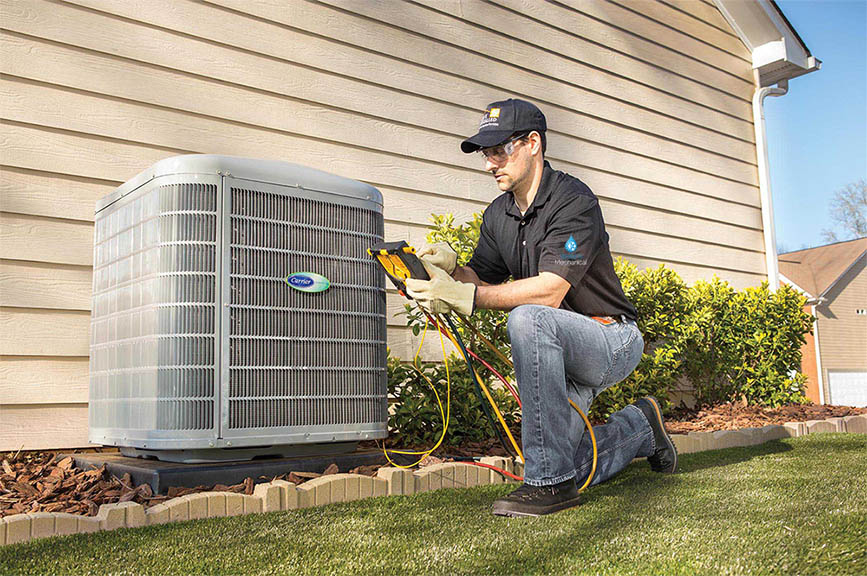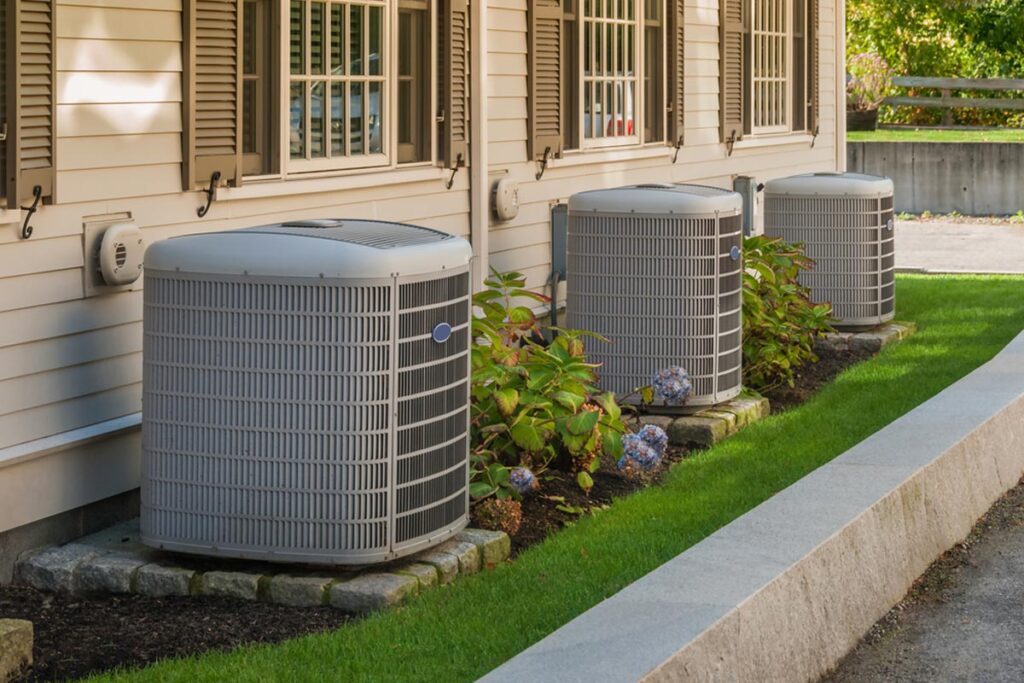Air Conditioning Basics: Ultimate Guide for Homeowners |
|---|
1. Introduction
Welcome to Noor Chill Tech the ultimate guide on air conditioning basics! Whether you’re a homeowner looking to install a new system or simply curious about how these cooling machines work, this article is for you. We’ll cover everything from the history of air conditioning to maintenance tips and future trends. Let’s dive in!
2. What is Air Conditioning?
2.1 Definition and Purpose
Air Conditioning Basics is the process of removing heat and moisture from an interior space to improve comfort. It involves cooling the air inside a room or building, making it more pleasant to live or work in, especially during hot weather.
3. History of Air Conditioning Basics

3.1 Early Innovations
The concept of air conditioning dates back to ancient Egypt, where people used evaporative cooling techniques. However, the first modern air conditioner was invented by Willis Carrier in 1902 to control humidity in a printing plant.
3.2 Modern Developments
Over the years, air conditioning technology has evolved significantly. Today, we have highly efficient systems with advanced features like programmable thermostats and smart home integration.
4. Types of Air Conditioners
4.1 Window Units
Window air conditioners are compact and easy to install. They fit into a window frame and are ideal for cooling single rooms.
4.2 Split Systems
Split systems consist of an indoor unit and an outdoor unit, connected by pipes. They are more efficient and quieter than window units, suitable for cooling multiple rooms.
4.3 Portable Units
Portable air conditioners can be moved from room to room. They are convenient but generally less efficient than fixed units.
4.4 Central Air Conditioning
Central bahrain air conditioning systems cool the entire house through a network of ducts. They offer consistent cooling but require professional installation and maintenance.
5. How Air Conditioners Work
5.1 Basic Components
Air conditioners have four main components: the evaporator, Air Conditioning Basics, compressor, condenser, and expansion valve. These parts work together to transfer heat from inside your home to the outside.
5.2 Cooling Cycle
The cooling cycle involves the refrigerant absorbing heat from indoor air, compressing it to raise its temperature, releasing the heat outside, and then expanding to cool down again.
6. Choosing the Right Air Conditioner
6.1 Assessing Your Needs
Consider factors like room size, climate, and your budget when choosing an air conditioner. A unit that’s too small won’t cool effectively, while one that’s too large will waste energy.
6.2 Energy Efficiency Ratings
Look for air conditioners with high SEER (Seasonal Energy Efficiency Ratio) ratings. Higher SEER ratings indicate better energy efficiency, which can save you money on utility bills.
7. Installation Tips
7.1 Professional vs. DIY Installation
While some Air Conditioning Basics units are designed for DIY installation, others require professional expertise. Incorrect installation can lead to inefficiency and potential damage.
7.2 Common Installation Mistakes
Avoid common mistakes like improper sizing, poor placement, and inadequate sealing, which can reduce your air conditioner’s performance and lifespan.
8. Maintenance and Care
8.1 Regular Cleaning
Clean or replace filters regularly to maintain airflow and efficiency. Dirty filters can cause the system to work harder, increasing energy consumption.
8.2 Annual Servicing
Have your air conditioner serviced annually by a professional to ensure it’s operating efficiently and to catch any potential issues early.
9. Troubleshooting Common Issues
9.1 No Cool Air
If your air conditioner isn’t cooling, check the thermostat settings, filters, and circuit breakers. If the problem persists, call a professional.
9.2 Strange Noises
Unusual noises can indicate issues like loose parts or refrigerant leaks. It’s best to have a technician inspect and repair your unit.
10. Improving Energy Efficiency
10.1 Programmable Thermostats
Install a programmable thermostat to automatically adjust the temperature based on your schedule, saving energy when you’re not home.
10.2 Insulation and Sealing
Proper insulation and sealing of your home can prevent cool air from escaping, reducing the load on your air conditioner and lowering energy costs.
11. Air Quality and Health Benefits

11.1 Reducing Allergens
Air conditioners can help reduce indoor allergens by filtering out pollen, dust, and pet dander. This is particularly beneficial for allergy sufferers.
11.2 Dehumidification
In addition to cooling, air conditioners dehumidify the air, making your home less hospitable to mold and mildew.
12. Environmental Impact
12.1 Eco-Friendly Coolants
Modern air conditioners use eco-friendly coolants that have a lower environmental impact compared to older refrigerants like Freon.
12.2 Sustainable Practices
Implementing sustainable practices, such as using energy-efficient units and proper maintenance, can reduce your air conditioner’s carbon footprint.
13. Cost Considerations
13.1 Initial Purchase Cost
The initial cost of an air conditioner can vary widely based on the type, size, and features. It’s important to balance cost with efficiency and long-term savings.
13.2 Operating Expenses
Consider the ongoing costs of running your air conditioner, including electricity, maintenance, and potential repairs. Energy-efficient models can significantly reduce these expenses.
14. Future of Air Conditioning
14.1 Technological Advancements
Future air conditioning systems are expected to be more energy-efficient, with advancements like variable speed compressors and improved refrigerants.
14.2 Smart Systems
Smart air conditioners can be controlled remotely via smartphone apps, allowing for better energy management and convenience.
15. Conclusion
Air Conditioning Basics is essential for comfort in many homes, especially during hot weather. By understanding the different types, how they work, and proper maintenance, you can ensure your system runs efficiently and lasts for years. Stay cool and enjoy your comfortable home!
FAQs
- What is the best type of air conditioner for a small apartment?
- Window units or portable air conditioners are great options for small apartments due to their compact size and ease of installation.
- How often should I clean or replace my air conditioner filter?
- It’s recommended to clean or replace your air conditioner filter every 1-3 months, depending on usage and air quality.
- Can air conditioning help with humidity control?
- Yes, Air Conditioning Basics dehumidify the air, which can help reduce humidity levels and make your home more comfortable.
- What should I do if my air conditioner is leaking water?
- Check for blocked drains or a frozen evaporator coil. If the problem persists, contact a professional technician for repairs.
- Are there eco-friendly air conditioning options?
- Yes, many modern air conditioners use eco-friendly refrigerants and are designed to be energy-efficient, reducing their environmental impact.
